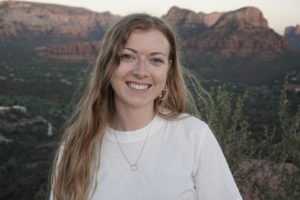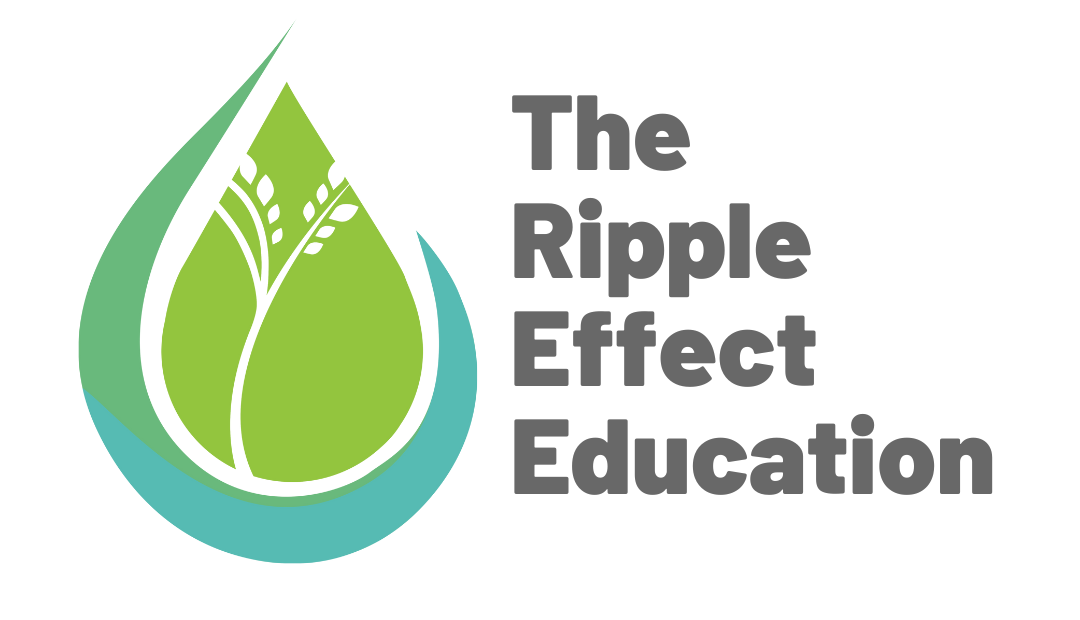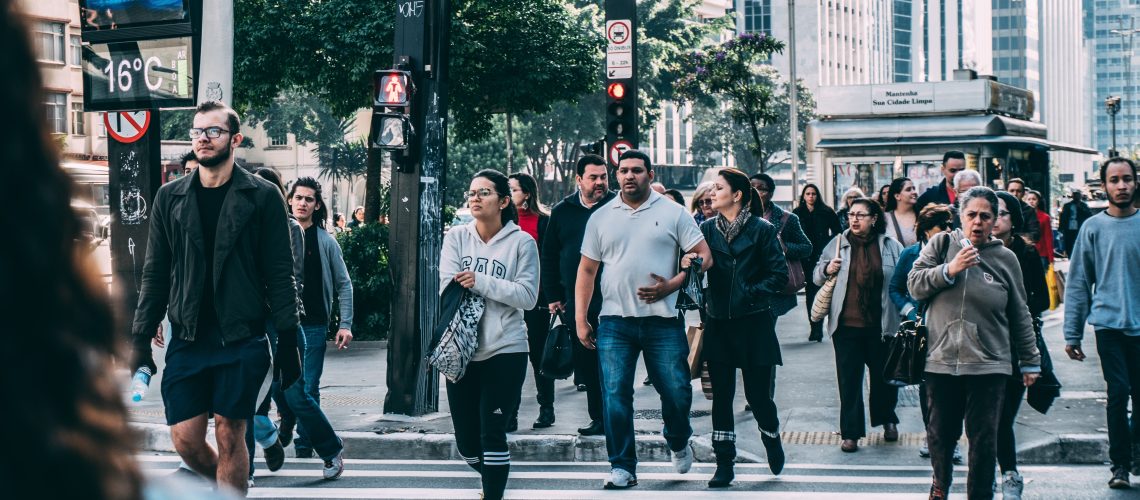It is not uncommon to hear about harm of different kinds on the news. We hear stories of physical, mental, and emotional violence in different ways – both targeted and non-targeted. Among these stories, we might also see heroic acts from people who were nearby and what they did to stop the violence. I often wonder to myself “How would I act in that situation? Would I be able to do what they did?” In this blog series, we’ll dive into what it means to be an active bystander, create some shared language around bystandership, learn how to be an active bystander through concrete examples, and discuss what it means to be a bystander in our online communities.
To start us off, let’s create some shared language around bystandership. Words are important, and the language we use is intentional. To define some of the language can be helpful to be able to empathize with others. These terms come from the Training Active Bystanders program, created by Quabbin Mediation in Massachusetts.
We use the term “harm” to describe the different kinds of deeds that are being done that would negatively impact an individual or group. This can be not only physical harm, but also emotional or mental harm.
When we think about harm happening in our communities and those who might witness it, there are a few different roles. The first is the person or group doing the harm, this is the “harm-doer”. The next is the person or group who is receiving the harm (harm is being done to them), this is the “target”. Others who might witness harm happening are “bystanders”, and a bystander can be active or passive; they can act on what they are seeing, or they can ignore that it is happening.
Take a moment to think about these roles: have you ever done harm to someone, even a small act? Have you ever been harmed by someone or something, even if it seemed minor? Have you ever seen harm happening? Most of us have been in all of these roles at some point. It is important to take note of this as we dive into what it is like to be an active bystander, because we acknowledge that we may have been in a similar point at different times in our lives. Acknowledging that we have been in each of these positions allows us to empathize with all parties when we see harm happening.
As we dive into this blog series on active bystandership, it is important to know how to care for yourself. Thinking and reading about instances of harm can be emotionally challenging, so knowing who we can talk to about these things and how we can take time for ourselves is crucial. Take a few minutes to think about who and what that might be for you.
If you need some ideas to get you started, check out this past blog post to see how a past facilitator added self-care to their routine.
To learn more about the Training Active Bystanders program, contact us here.
Photo by Kaique Rocha from Pexels
References
Quabbin Mediation. (August 8, 2020). Training Active Bystanders. Workshop presented to TREE staff on April 19, 2022.
 Leah Kschesinski (she/her) is an advocate for justice and strong community building. Having a Bachelor of Environmental Studies in International Development, combined with minors in Peace and Conflict Studies and Social Development Studies from the University of Waterloo has led to experiences intersecting all three of these topics in social innovation, female empowerment, and youth education. Leah is especially passionate about creating safe spaces for cross-cultural learning and un-learning to happen, and with personal experience in the Waterloo start-up space, she is excited by pretty much any form of social innovation and honing those ideas. In her free time, Leah loves to explore creative outlets such as photography, painting, and graphic design, as well as exploring different cities and all that nature has to offer.
Leah Kschesinski (she/her) is an advocate for justice and strong community building. Having a Bachelor of Environmental Studies in International Development, combined with minors in Peace and Conflict Studies and Social Development Studies from the University of Waterloo has led to experiences intersecting all three of these topics in social innovation, female empowerment, and youth education. Leah is especially passionate about creating safe spaces for cross-cultural learning and un-learning to happen, and with personal experience in the Waterloo start-up space, she is excited by pretty much any form of social innovation and honing those ideas. In her free time, Leah loves to explore creative outlets such as photography, painting, and graphic design, as well as exploring different cities and all that nature has to offer.


